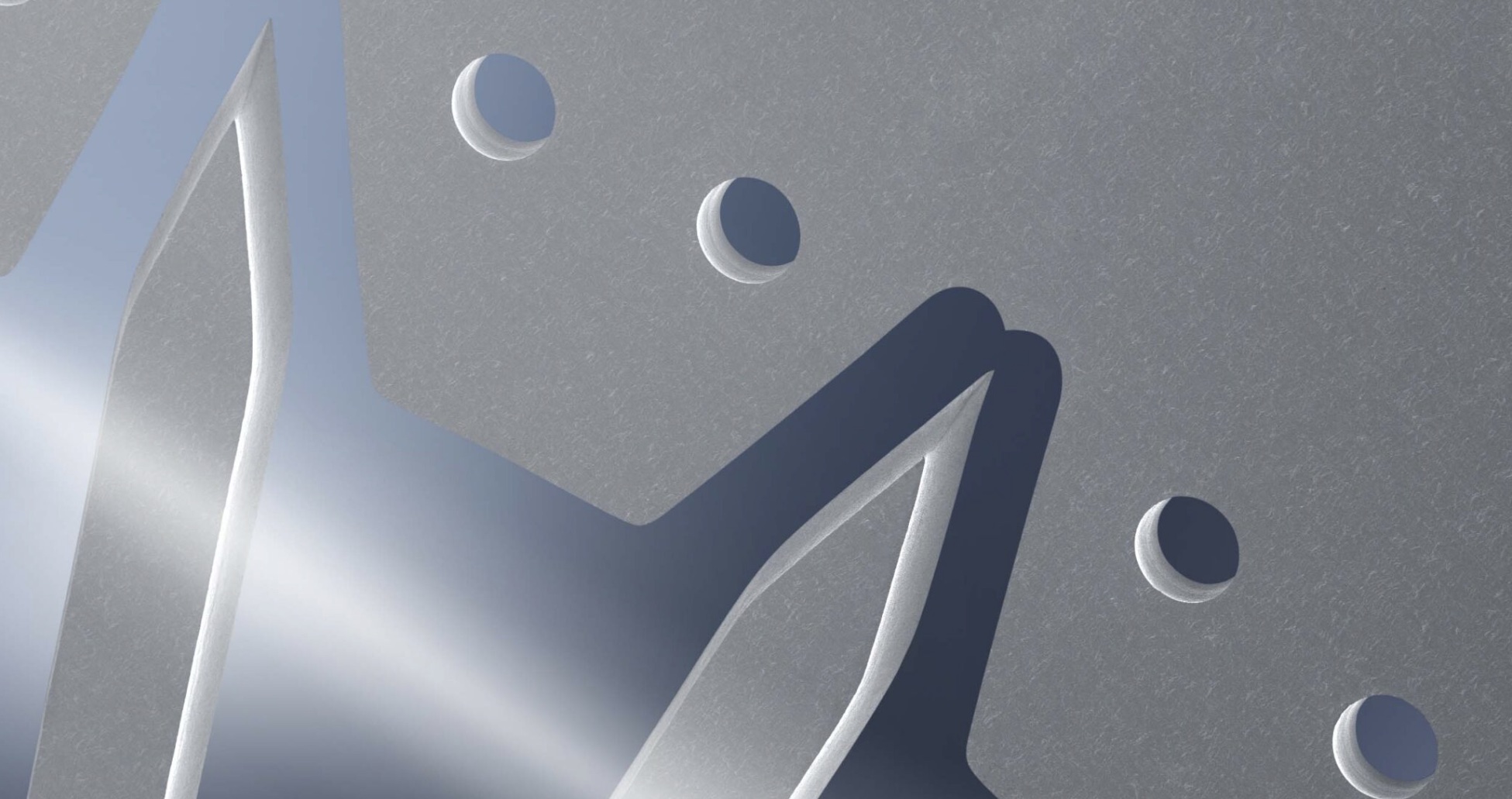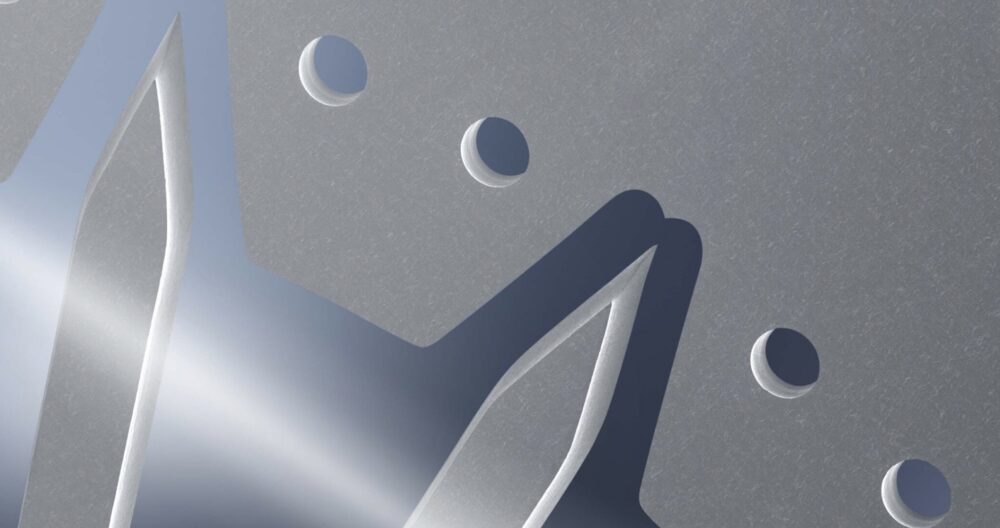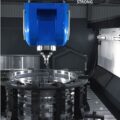Jochen Kern, Head of Sales & Marketing, micrometal Group
Photo-chemical etching (PCE) is a metal component manufacturing process celebrated for its precision and adaptability which has gained remarkable traction in the medical device industry. In a sector where microscopic accuracy and uncompromising performance are non-negotiable, this highly precise process excels by producing intricate, flat metal components. These components are foundational in medical devices designed to improve patient outcomes, facilitate minimally invasive procedures, and empower the development of next-generation medical technology. By delivering consistent quality and enabling unparalleled design freedom, PCE continues to transform the possibilities for device manufacturers and, ultimately, for patients whose lives depend on the safety and reliability of these innovations.
The demand for precise, reliable, and biocompatible components has never been higher in the medical field. Medical devices, ranging from diagnostic instruments to surgical tools, require components that work flawlessly to support complex human functions. A single deviation or minor defect can lead to catastrophic results, placing immense pressure on manufacturers to deliver exacting standards in every aspect of production. Here, PCE emerges as an ideal solution. Unlike traditional stamping or machining, which can deform delicate metals or struggle to achieve extremely tight tolerances, PCE guarantees the preservation of material integrity and enables intricate geometries with repeatable accuracy. In the context of life-saving devices, the precision and dependability of PCE components are invaluable.
SURGICAL BLADES
Take, for instance, micro-scale surgical blades. These tools, essential for various types of minimally invasive surgeries, must be ultra-thin, highly precise, and robust enough to endure the demands of surgery without breaking or dulling. Through PCE, manufacturers can produce surgical blades with cutting edges sharp enough to minimise tissue trauma, helping to reduce recovery times and enhance patient comfort. This precision is not achievable through traditional methods without compromising the blade’s thinness or integrity. In complex procedures such as endoscopic surgeries, where surgeons operate with limited visibility and space, the performance of each component is crucial. A microscale blade etched with photo-chemical precision allows surgeons greater control and accuracy, directly benefiting patient outcomes by minimising complications and ensuring smoother, more effective procedures.
MESHES AND FILTERS
In another crucial application, photo-chemical etching is used to create fine meshes and filters used in medical devices such as infusion pumps and implantable drug delivery systems. These meshes, often with micron-scale openings, regulate the flow of liquids and gases, a task that is critical in ensuring that medication is delivered at a controlled rate or that bodily fluids are filtered effectively. The etched metal components must resist corrosion, avoid contaminating substances, and maintain structural integrity to handle the biological challenges within the body. The PCE process not only allows for these exacting specifications but also enables rapid prototyping and design iterations. This flexibility is vital as medical devices are developed and refined, ensuring that they meet rigorous testing standards before clinical deployment.
SENSORS
The benefits of PCE are further exemplified in the production of sensor components used in medical diagnostics. Electrodes, diaphragms, and contacts created with PCE are increasingly deployed in devices that monitor critical physiological signals. These etched components support sensors that measure heart rate, oxygen saturation, glucose levels, and other essential metrics with high sensitivity and accuracy. In applications such as continuous glucose monitoring (CGM) systems for diabetic patients, etched electrodes provide the precision required for reliable readings, which are essential for life-saving treatment decisions. The minimal invasiveness and high performance of these components not only empower patients to manage their conditions more effectively but also alleviate some of the burdens on healthcare providers by enabling more accurate and accessible monitoring solutions.
SCALABLE AND SUSTAINABLE
The scalability of PCE supports the production of large volumes of consistent, high-quality components, a factor that is of vital importance in the medical industry. From mass-produced wearable devices to one-off specialised implants, the method’s adaptability allows manufacturers to respond to the increasing demand for reliable and affordable medical devices. The exact tolerances maintained through etching are indispensable in achieving the stringent quality requirements of regulatory bodies and providing patients with safe, effective products. As more healthcare systems worldwide adopt advanced technology, the ability to supply precision components that meet universal standards is crucial in achieving uniform healthcare improvements.
PCE also brings environmental advantages that align with the rising emphasis on sustainability in the medical device sector. Since the process is inherently subtractive, using etchants to remove unwanted material rather than physically cutting or stamping, it generates fewer stresses and deformations in the metal. This reduces waste and allows manufacturers to work with biocompatible metals like titanium, stainless steel, and other non-toxic materials that are safe for use within the human body. The biocompatibility of these materials is essential, especially in implants and devices that must remain within the body over extended periods. Patients benefit not only from devices that perform well but also from those that pose fewer health risks, as biocompatible metals processed through PCE minimise the risk of adverse reactions, infections, and complications.

SUPPORTING FUTURE HEALTHCARE APPLICATIONS
As new medical technologies emerge, PCE’s role becomes even more critical. Consider the development of microfluidic devices, which manipulate small volumes of fluids and are essential in fields like point-of-care diagnostics and lab-on-a-chip systems. These devices often require intricate channels, valves, and separators on a microscopic scale. PCE offers the precision required to produce these tiny, complex features while ensuring durability and smoothness of the surfaces, which is vital for directing fluid flow without contamination or blockages. The ability to produce components with such minute detail opens doors to diagnostic tools that are faster, more portable, and more accessible, supporting earlier disease detection and more personalised medical treatments.
Additionally, PCE is enabling advances in miniaturisation, an essential trend in the design of wearable health monitoring devices and implantable electronics. As patients and healthcare providers demand devices that are less intrusive, highly portable, and capable of performing multiple functions, the medical industry faces a pressing need for ultra-small, reliable components. PCE meets this challenge by producing parts with exceptional detail and accuracy, even at sub-millimeter scales. Components like flexible circuits, micro-springs, and connectors are integral in enabling devices to communicate wirelessly, store energy efficiently, and perform reliably over extended periods. For patients, the availability of smaller, smarter devices means that they can monitor and manage their health without major lifestyle disruptions, resulting in better adherence to treatments and improved quality of life.
As the healthcare sector continues to evolve, PCE stands poised to play a leading role in the next generation of medical devices. With its unparalleled precision and adaptability, this technology not only meets but often exceeds the demands of today’s advanced medical applications. The ability to deliver consistently high-quality components that support accurate diagnostics, effective treatments, and patient safety is essential in an industry where the margin for error is non-existent. In helping to overcome manufacturing challenges that would otherwise limit device functionality, PCE contributes meaningfully to the mission of improving patient outcomes and elevating standards of care worldwide.
SUMMARY
PCE is transforming the medical device industry by delivering components that are essential for accuracy, reliability, and patient-centered innovation. The process’s precision in producing intricate parts facilitates groundbreaking medical technologies, from minimally invasive surgical tools to wearable health monitors. Through continuous improvements and a commitment to quality, PCE helps ensure that medical devices perform to the highest standards, contributing to better healthcare outcomes and an enhanced quality of life for patients globally.








